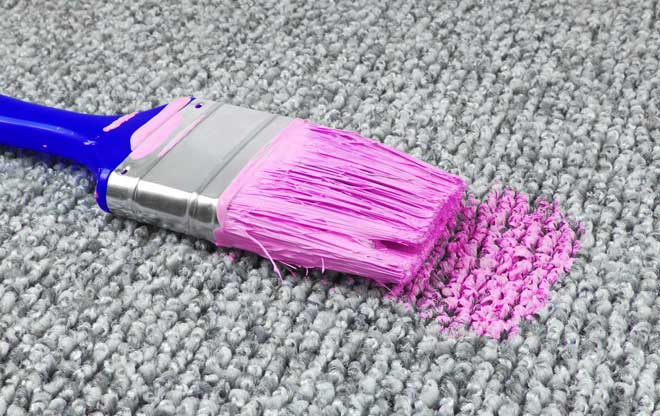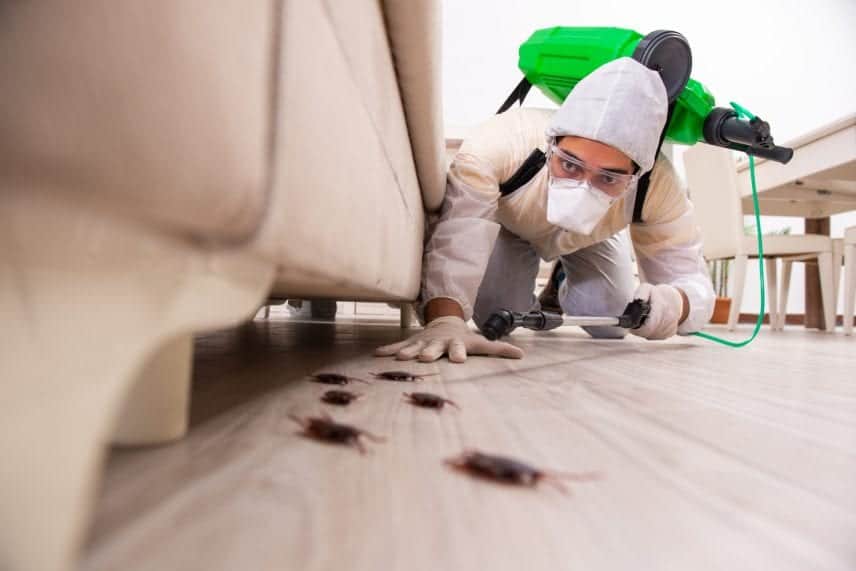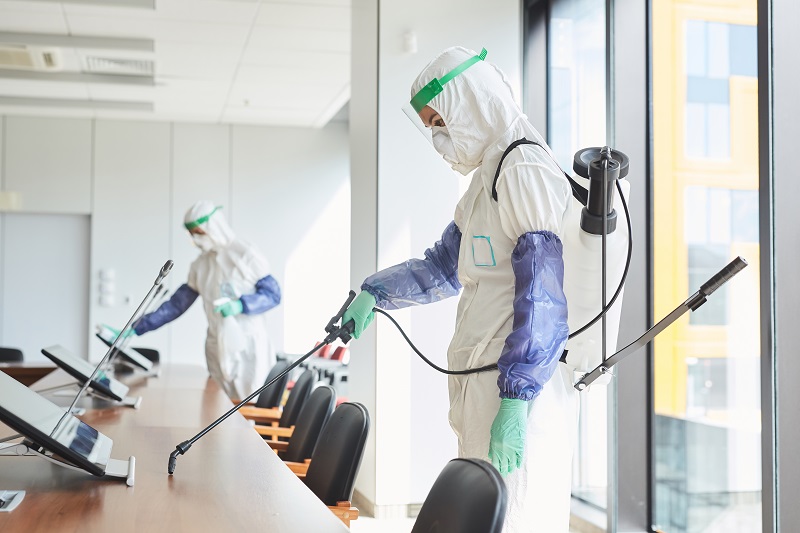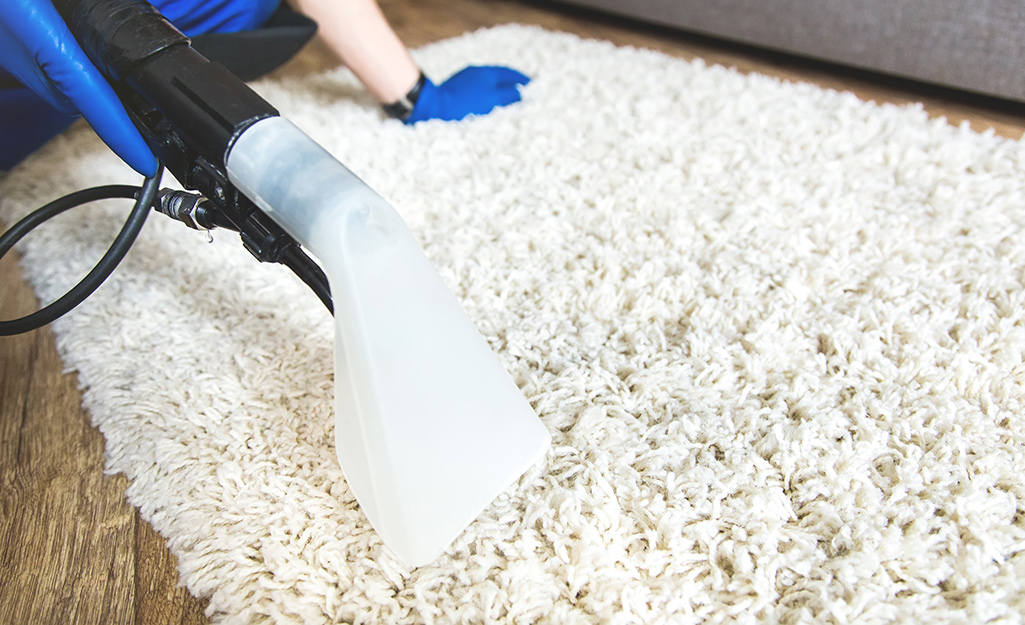25 October 2024
7 Common Cleaning Mistakes and How to Avoid Them
1 Using Too Much Cleaner
Very soon, we are tempted to assume that if one little cleaner is OK, the extra cleaner would be even better. But if too much cleaner is applied, a layer of residues usually does more harm than you can imagine. The best way is to adhere strictly to the manufacturer’s guidelines for using this product. You usually only require a spoonful of cleaner or even less per gallon of water you make. Adjust the concentration to determine the right power and leftover on the surface. However, the quantities of cleaning solutions they use should be moderate.
2 Forgetting to Dust First
Many of us face challenges such as surfaces such as countertops, cabinets, and tables, among others, where all one thinks of doing is spray and clean. Although dusting comes first, it is a crucial step, and if not done, results are usually not as good as when done correctly. Otherwise, you just spread the grease, dirt, and dust around, rather than picking them up. In each case, before cleaning, powder with a microfiber duster or soft, clean cloth, allowing a barely-there contact, so as not to disturb the dust. This is particularly important because likely areas to develop dust are corners of the room, edges, or places that are hard to access.

3 Applying the wrong sorts of materials on sensitive façade surfaces
Not every cleaner or cleaning tool is the same or every cleaning technique. Some of the harsh chemicals and scrubbers which can harm any surface in your home can be avoided since the delicate areas do not need such treatment. Do not use the alkaline cleaners like bleach products on the natural stone tiles surfaces in bathrooms. Instead avoid using ordinary household cleaners that are very abrasive, using cleaners made for stone, marble, granite and other stones. Specific cleaning techniques can work for individual rooms and materials in your house.
4 Forgetting about ventilation.
Ventilation is one of those things that most people ignore when cleaning. However, it goes a long way, especially when using strong chemicals. Start at fans, open the windows, vary the order of cleaning so that you clean the farthest area of the room before the regions near the fans. This contributes to the transport of air filled with fumes to stop an accumulation of situations. At minimum, ensure that you use things such as exhaust fans and air purifiers when cleaning and after the cleaning exercise is done. Take care of yourself and your indoor air with some easy air flow.
5 Not Hitting the Marks
Most people focus only on the big surfaces whenever they are washing counters, mopping the floor, or cleaning various surfaces. But the corners, edges, seams and those problematic areas of Wash, Dry, Vacuum and Mop get far dirtier. Dirt has a filthy habit of finding its way and nestling itself in all the crevices. So always pay a special attention to clean borders, folds, edges and the underside of counter tops and other fixtures during your cleaning sessions at home. It is also necessary to recognize high-traffic tricky touch points such as light switches, door knobs or handles, and cabinets as also requiring focus as well.
6 Forgetting about the need to undertake preventative cleaning.
The concept needs more than just conditional cleaning that addresses one problem at a time. Creating a basic cleaning routine schedule that can be implemented on a daily, weekly, and monthly basis prevents dirt and grime build-up. These are small, doable lifestyle changes, such as cleaning the kitchen counters with a damp cloth while waiting for the coffee maker not to build up sticky grime. A 10-minute speed clean each day prevents floors, fixtures, and furnishings from becoming excessively dirty before the next scrub-down operation. By doing a deep seasonal clean twice per year, the house is kept fresh all the time. Improvements in preventative cleaning have made homes less demanding to manage on the whole.

7 Failure to Offer Strategic Importance to Air Flow
The end collaborators typically only remember cleaning the top layers or surfaces of their homes. But moving air reduces those stinks, disease-causing dust particles, and humidity that cause mold formation, which is essential for indoor environmental quality. With reference to the everyday practices, opening the windows frequently is useful but creating an airflow pattern increases its value. Those in the doors help create cross draughts, and those that hang from the ceiling give a vertical draught. It may help to add air purifiers to those rooms that you frequently occupy, too. Maintaining that air circulation, not merely floors and fixtures, needs to be part of your cleaning processes.














